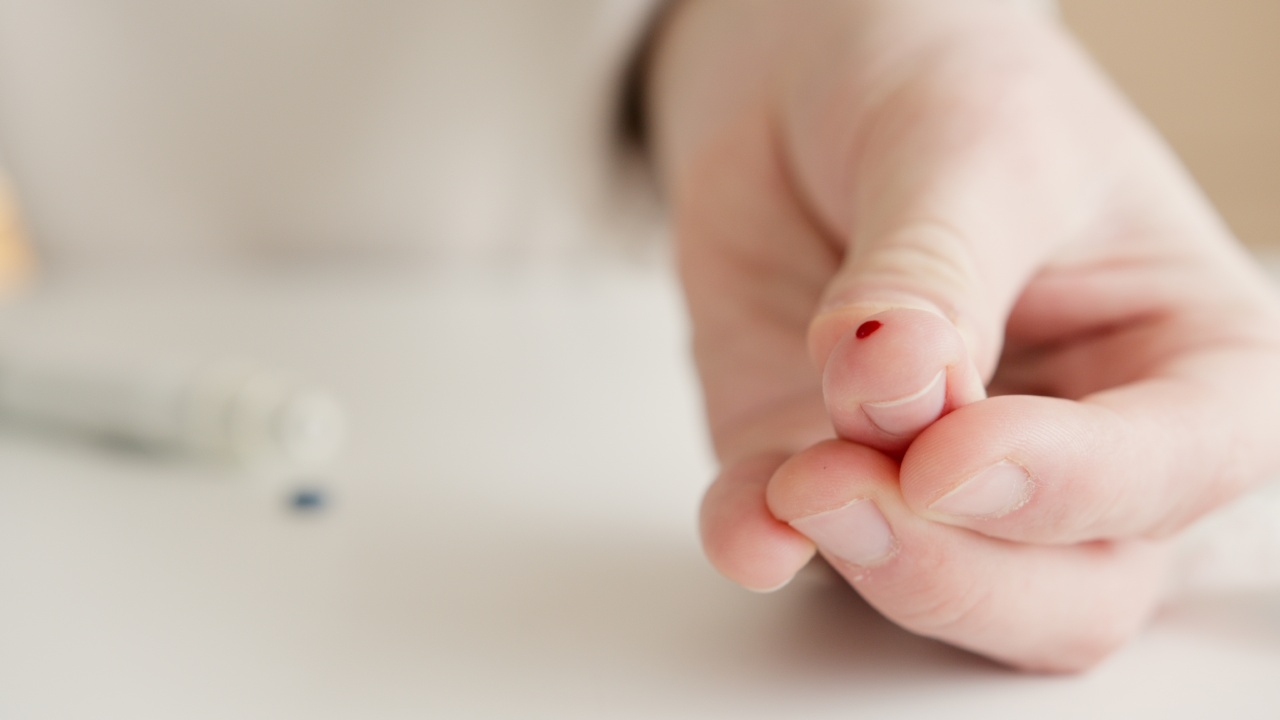Gone are the days when drawing blood from a patient meant needles and syringes. Now, a new technology has emerged that offers an alternative approach to traditional blood tests – skin patch blood tests.
The use of skin patches for sampling blood is gaining popularity in many parts of the world, and it’s not hard to see why. More and more people are embracing the new concept, particularly those who have a phobia of needles, or for anyone who prefers non-invasive methods.
What Are Skin Patch Blood Tests?
Skin patch blood tests involve using a patch, much like a plaster, to collect a sample of blood via an array of microneedles on the patch’s surface.
These microneedles are tiny, around 1/50th of an inch long, and are designed to penetrate the outer layer of the skin without causing pain or discomfort, unlike traditional needles that are much larger and more painful. The microneedles are coated with a substance that can draw blood to the surface of the skin, and the blood is then collected in a small reservoir on the patch’s surface.
The collected sample is then sent to a laboratory for testing, just like a traditional blood sample.
How Do Skin Patch Blood Tests Work?
When the skin patch is applied to the skin, the microneedles on the patch’s surface penetrate the skin to a depth of around 0.5mm.
This is just deep enough to reach the capillaries that lie beneath the outer layer of skin without causing any pain or discomfort. The microneedles are coated with a substance that attracts blood to the surface of the skin, making it easy to collect a sample. After the blood sample has been collected, the patch is removed and the sample is sent to a laboratory for analysis.
Benefits of Skin Patch Blood Tests
The use of skin patch blood tests offers a range of benefits over traditional blood tests using needles and syringes. Some of the notable benefits are:.
Non-Invasive
Skin patch blood tests are non-invasive, meaning that they do not require needles, syringes, or any other invasive tools. This makes the testing process less painful and less stressful for patients who may have a phobia of needles.
Faster Results
Skin patch blood tests can provide results much faster than traditional blood tests.
In many cases, results can be available within 24 hours, which is significantly faster than the time it takes for laboratory analysis of traditional blood tests, which can take several days or even a week.
Reduced Risk of Infection
Since skin patch blood tests do not involve the use of needles or syringes, the risk of infection is significantly reduced.
Traditional blood tests that use needles or syringes can create open wounds that are susceptible to infection, especially if proper hygiene standards are not followed.
Less Discomfort
Skin patch blood tests offer a less painful and less stressful experience for patients than traditional blood tests using needles and syringes.
The microneedles used in the patches are tiny and do not penetrate deeply into the skin, meaning that there is no pain or discomfort during the testing process.
Convenience
Skin patch blood tests are convenient for both patients and healthcare providers. Since the tests are non-invasive, they can be carried out in a variety of settings, without the need for specialized equipment or trained personnel.
The convenience of these tests also means that they can be used in remote or resource-poor areas for screening and early diagnosis of diseases.
Available Skin Patch Blood Tests
Several companies and research institutes have developed skin patch blood tests for a variety of conditions. Here are some of the examples:.
Glucose Monitoring Patches
Glucose monitoring patches are used to monitor blood sugar levels in people with diabetes. These patches use microneedles to collect a blood sample and monitor glucose levels continuously, without the need for fingersticks.
Cholesterol Monitoring Patches
Cholesterol monitoring patches are used to monitor cholesterol levels in the blood. These patches use microneedles to collect a blood sample and monitor cholesterol levels continuously, without the need for blood draws.
Cancer Screening Patches
Cancer screening patches are used to detect early signs of cancer. These patches use microneedles to collect a blood sample and screen for cancer biomarkers, allowing for early diagnosis and treatment.
Allergy Testing Patches
Allergy testing patches are used to test for allergies to various substances, such as pollen, dust mites, or animal dander.
These patches use microneedles to collect a blood sample and test for the presence of specific antibodies that indicate an allergic reaction.
Conclusion
Skin patch blood tests offer a non-invasive, less painful, and more convenient approach to traditional blood tests.
They have the potential to revolutionize the way that blood tests are carried out, making testing more accessible and less stressful for patients worldwide. With the increasing popularity of these patches, it’s clear that the future of blood testing is less about needles and more about patches.































